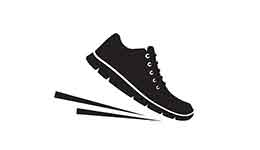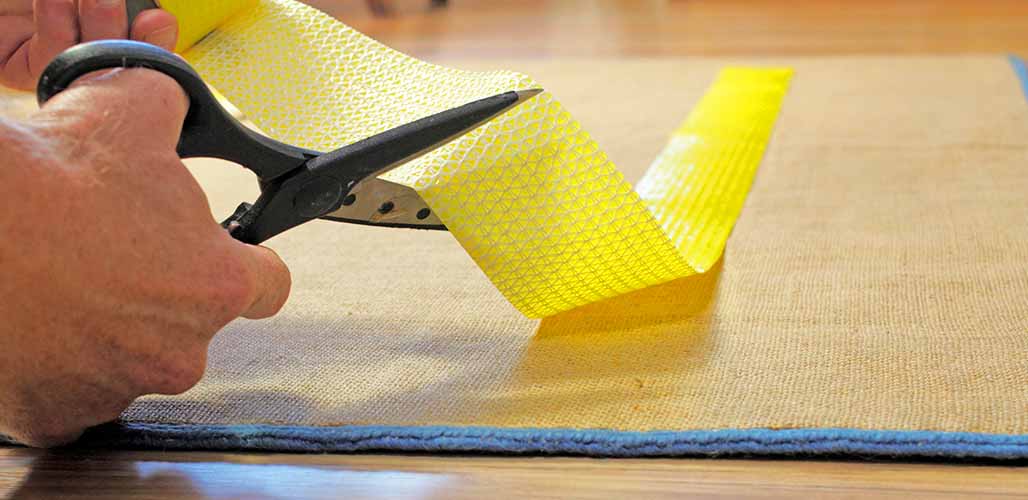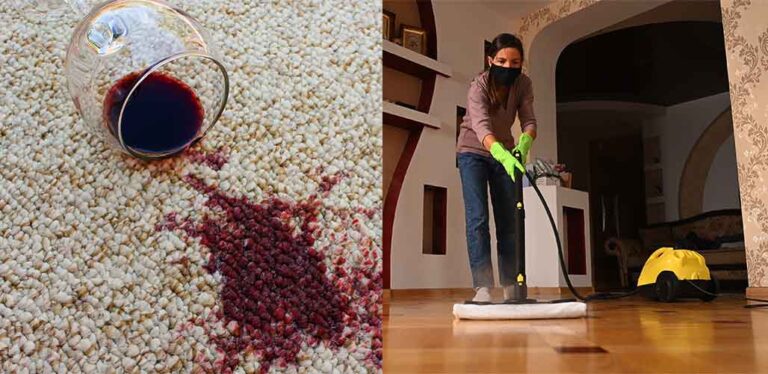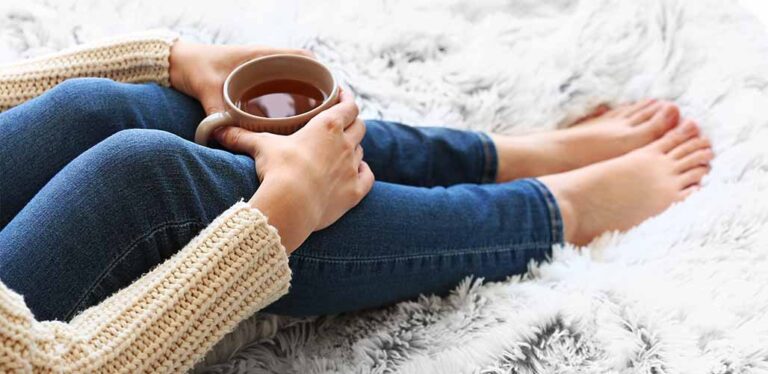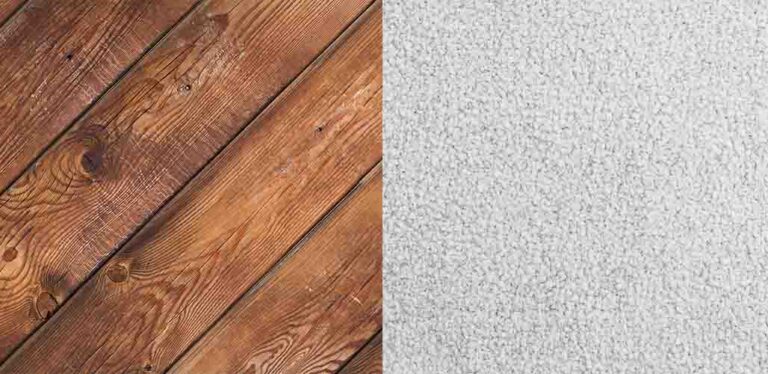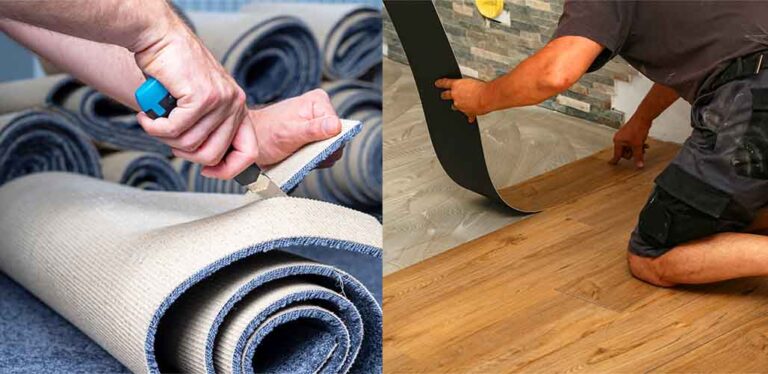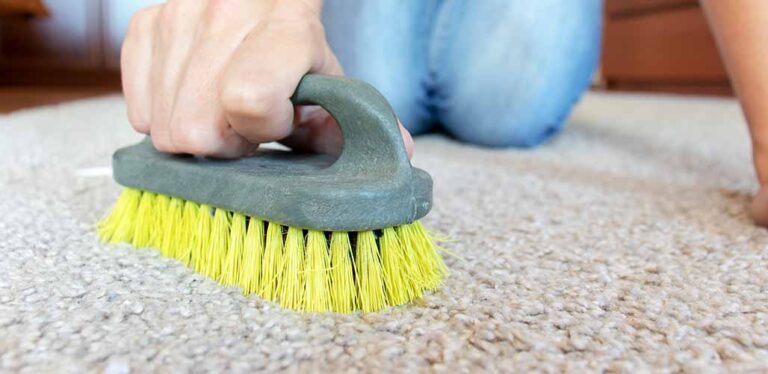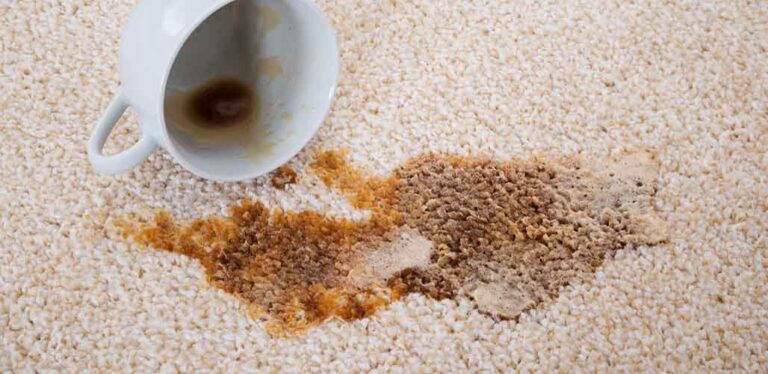Does Carpet Tape Leave Residue?
I’d love to make the hardwood floors in my hallway less noisy by adding a carpet or rug, but since it’s a rental I need to know that I can remove it completely when I go. My biggest concern is: does carpet tape leave residue? Without it the carpet will slip and be unsafe. Luckily, I’ve discovered modern adhesives used for carpet tape shouldn’t leave a residue when used correctly. But I’ve also learned some great tips for removing residue, if it comes to it!
Contents
What is carpet tape and how is it used?
Carpet tape is used to keep carpets and rugs in place on hard floors. It can also be used to hold down the corners of area rugs in carpeted rooms, to stop them curling up. Since slipping on unsecured rugs and tripping on the curled edges of rugs are a leading cause of accidental injuries in the home, carpet tape can help keep everyone safe.
There are three main types of carpet tape:
- Pressure sensitive carpet tapes
- Silicone rubber carpet tapes
- Hook and loop carpet tapes
Pressure sensitive carpet tapes
Pressure sensitive adhesive, or PSA, carpet tapes stick when you press them down. Their name makes them sound more magical than they really are – Sellotape, box-sealing tape and duct tape are all types of pressure sensitive tape! Pressure sensitive carpet has a layer of adhesive on both sides, to stick carpets and rugs to the floor beneath them. The tape itself can be made from cellophane, fiberglass, or a textile like gauze, depending how durable it needs to be.
Silicone rubber carpet tapes
Silicone rubber carpet tapes are a more recent development than pressure sensitive tapes. They consist of a plastic polymer tape with a thin layer of silicone on either side. The silicone provides grip via friction, so there is no glue involved.
Hook and loop carpet tapes
Choosing hook and loop – or Velcro – tape to hold carpet down is a pretty unusual choice. It’s easy to imagine how it works, but we think you’re more likely to discover that someone else did this in your house before you, than decide to do it yourself!
Does Carpet Tape Leave Residue?
The likelihood of carpet tape leaving residue is linked to the type of tape used.
- Some pressure sensitive carpet tapes use low tack adhesives (similar to the glue on a Post-It). These leave little or no residue, but provide the least grip, so they’re only suitable for low-traffic areas.
- Pressure sensitive tapes which give a strong hold are more suitable for high traffic areas, but also more likely to leave a residue. This is precisely because the adhesive had to bond tightly to the floor in order for the tape to work.
- Silicone rubber carpet tapes don’t use any glues or adhesive to work, so they shouldn’t leave any residue behind when you take them up.
- Hook and loop tapes are the most likely to leave a residue. They use a strong glue to resist the force of the hooks and loops being separated.
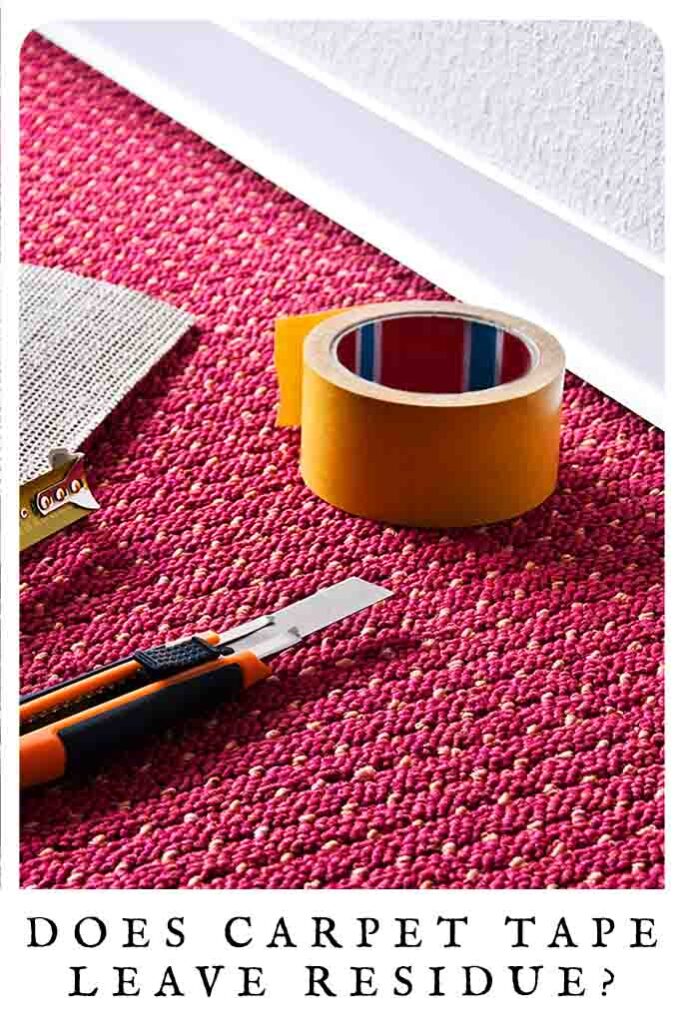
Silicone rubber carpet tapes are the least likely to leave a residue. This doesn’t mean they’re completely risk free though – I’ve used it to stop a heavy mirror which rests on our dresser from slipping, and two years down the line I realized that the mirror is now so embedded, I won’t be able to remove it without damaging the frame. I strongly suspect that long term use could also damage delicate floors and rugs or carpets.
How do you Remove Tape Residue from Your Carpet?
Tape residue on the carpet can be frustrating and challenging to remove, especially if the tape is still sticky or has been there for quite some time. These simple tricks and tips will help you remove tape residue from floors and the undersides of rugs and carpets as easily and quickly as possible. We recommend trying them on a small discreet corner first, if possible!
- Oil and baking soda
- Rubbing alcohol
- Kerosene (paraffin)
- Pledge
- Heat from a hair dryer
- Clothes iron and paper
Oil and baking soda
A paste of colorless oil and baking soda is a great way to remove sticky residue from non-porous surfaces such as tile or vinyl flooring. The video at the top of this article includes a simple recipe using coconut oil. The oil loosens the adhesive, and the baking soda provides friction to lift it away.
Rubbing alcohol
Rubbing alcohol is a quick and inexpensive way to remove tape residue from hard floors and some carpets. The rubbing alcohol will help break down the adhesive and make it easier for you to wipe away. Always test it in a discreet area first, to make sure it doesn’t discolor you floor.
Kerosene (paraffin)
Like rubbing alcohol, kerosene dissolves most adhesives, so that you can scrape or wipe the residue away. This technique isn’t suitable for carpet or porous floors, because the leftover kerosene takes an extremely long time to evaporate away.
Pledge
If rubbing alcohol and kerosene aren’t things you keep a supply of, then try spraying Pledge or another furniture polish spray on sticky carpet tape residues. One of the main ingredients in Pledge is isoparaffin, which dissolves adhesive. This tip is brought to you courtesy of my dad, and I’ve been relying on it to remove sticky marks for nearly 30 years! It smells better than neat alcohol or paraffin too.
Heat from a hairdryer
If the carpet tape has left not just adhesive residue, but bits of textile behind, you might be able to peel it up with the glue still attached, by heating it first. Heat softens the glue, and weakens its bond with whatever it is stuck to.
Clothes iron and paper
If you don’t have a hairdryer, use a clothes iron on a low heat to soften the adhesive on carpet tape remains. Place some plain paper over the tape first, so that the soft glue doesn’t stick to and ruin the plate of your iron!
The Advantages and Disadvantages of Carpet Tape
Residue isn’t the only thing to consider before committing to carpet tape. Carpet tape can be an excellent way to repair damaged rugs or prevent future rug damage in high-traffic areas of the house. However, carpet tape isn’t always appropriate for every carpeting need. Here are some advantages and disadvantages to help you decide if it’s right for you.
Advantages
- Economical.
- Quick to use.
- Doesn’t require any special skills to use.
- Invisible results look professional.
- Truly residue-free products are ideal for renters, or using on floor you might want to uncover again later.
Disadvantages
- Not suitable for loose floor surfaces, such as unsealed concrete.
- Adhesion may be affected by temperature or humidity.
- Grip may wear off over time.
- Risk of residue or damage on delicate or porous floors.
Does Carpet Tape Leave Residue? Summary
Carpet tape can sometimes be the best defense between you and a carpet-linked disaster. Modern tapes have been developed to minimize the risk of sticky residue being left behind. But depending on the product you chose, it might be impossible to rule out the risk altogether. Luckily, there is a way to remove residue from almost any surface!
Use the comments box down below to let us know if you’ve been scarred by a sticky experience with carpet tape, and how you removed the residue in the end.
More About Carpets
- Will carpet make a room warmer?
- Bringing old carpets back to life
- Is putting carpet on top of hardwood floors a bad idea?
- Why is carpet more expensive than vinyl flooring?
- Should I replace matted carpets?
References
Di Pilla. Slip and Fall Prevention: A Practical Handbook. CRC Press. 2003.
